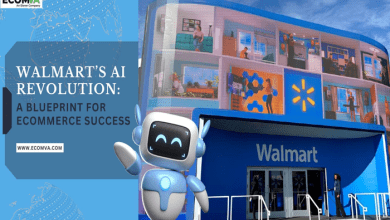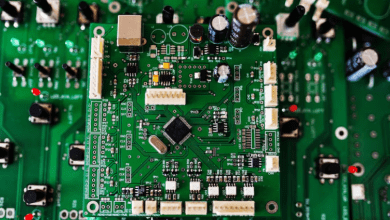
If your maintenance team is still relying on spreadsheets and Post-It notes, it may be time to upgrade to a more robust solution. Lost work orders, delayed repairs, and repeated breakdowns can quietly drain your budget. That’s where Enterprise Asset Management (EAM) software steps in. It helps teams organize, schedule, and track maintenance work without chaos.
But here’s the truth: not every EAM system will fit your team. Some are ideal for large-scale plants, while others are suitable for smaller operations. And while every vendor promises efficiency and insight, your job is to find the one that makes sense for your day-to-day reality.
Know Why You’re Looking
Before you look at a single demo, take a step back. Why do you want EAM software? Maybe you’re trying to stop firefighting and start preventive maintenance. Perhaps you’re buried in paper logs and need everything in one place. Or maybe you already have a system, but it’s clunky and doesn’t provide the correct data. Whatever the reason, define it clearly. That “why” will cut through the noise faster than any sales pitch and get you the best EAM software.
Don’t Chase Features
A long list of features looks good in a brochure, but it doesn’t guarantee results. What matters is whether your team can actually use it without getting frustrated. During demos, hand the phone or laptop to one of your technicians. Ask them to log a work order, check an asset history, or close a task. Watch what happens. If they get stuck after two minutes, that’s your answer. The best software is the one that doesn’t slow anyone down.
Check If It Plays Nice With What You Already Use
Maintenance doesn’t exist on an island. You’ve got inventory, purchasing, accounting, and workplace safety, all humming alongside it. If your EAM can’t connect with those systems, you will end up juggling data instead of managing assets.
Look for tools that can sync automatically with your existing setup. Think of it as one source of truth instead of ten disconnected ones. When you use this software, inventory updates happen automatically. When something breaks, the cost should roll into your reports without the need for a second spreadsheet. If the vendor looks confused when you ask about integrations, move on.
Mobile Access Isn’t Optional
Your team isn’t sitting in an office. They’re out fixing things. So, if the software doesn’t work smoothly on a phone or tablet, it will likely collect dust. Mobile access enables them to close out jobs on the spot, upload photos, and continue working without interruption. It also keeps your data cleaner, as no one is scribbling notes on paper and forgetting to update later. And if the app works offline, even better. Wi-Fi never seems to reach the boiler room.
Think About the Long Game
Currently, you may be managing one plant or a few sites. But what about next year? Or the one after that? Good EAM software should grow with you. Ask how easy it is to add new assets, locations, or users. Can you tweak reports or workflows on your own? Or do you have to pay support every time you want a small change? The right platform bends a little. The wrong one makes you work for it.
Don’t Forget Compliance
If you’re in manufacturing, food processing, or energy, you already know how serious audits can get. The software you pick should help you stay ready, not give you another headache. Look for one that keeps detailed logs, timestamps, and digital signatures. It should make it easy to pull reports when OSHA or FDA inspectors walk in. Compliance shouldn’t be an extra chore; it should be a part of your daily work.
Look Beyond the Price Tag
Everyone checks the subscription cost first. That’s fair. But it’s just one part of what you will spend. Consider setup, training, and the time your team spends becoming familiar with it. Sometimes, a slightly higher price upfront can save you more in the long run, which results in fewer breakdowns, faster audits, and smoother shifts. Don’t just buy cheap, but smart.
Conclusion
Picking EAM software isn’t about finding the fanciest tool. It’s about choosing something your team will actually use every day, without complaining. The right one won’t just manage your assets. It will make the whole operation a little calmer. Fewer surprises. Less chasing. More knowing what’s coming next.
That’s when you will know you picked well.




